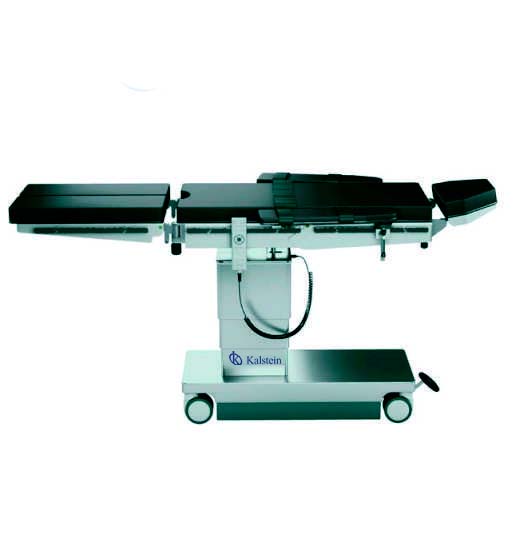The central goal of modern medicine is to optimize healthcare and improve the patient’s quality of life. In this respect, advances in medical engineering have greatly facilitated surgical procedures and make promising results possible. A notable example is the operating table, a piece of medical equipment that plays a crucial role during the surgical process.
Considering that each surgery has unique requirements, the need for operating tables with a high degree of versatility arose. As a result, they have been innovated with features such as multi-directional adjustability, motorized systems and interchangeable patient support surfaces. These features significantly benefit surgeon ergonomics and improve access to the surgical site.
In addition, the integration of radiological technology into these tables allows intraoperative imaging procedures to be performed, increasing the accuracy of the surgery. Consequently, the possibility of post-surgical complications decreases, thus increasing patient safety.
Use of Operating Tables in Surgical Procedures
Operating tables have numerous applications in modern surgery. Whether for cesarean section, trauma surgery or minimally invasive intervention, these tables provide a stable and safe base for the patient. They also facilitate adaptability to handle different patient positions, which is critical to the efficiency of the procedure.
Moreover, surgical tables improve the patient’s blood circulation and limit the risk of pressure injuries, thanks to their ergonomic design and the specialized cushions they are equipped with. This aspect is crucial in long-term operations, when the patient must remain immobile for many hours.
Impact of Operating Tables on Surgical Outcomes
Several studies have demonstrated the importance of the operating table in the success of a surgical procedure. The use of adjustable and flexible tables has led to a marked reduction in surgery time by allowing better orientation and access to the target area. In addition, a high-quality operating table can decrease surgical team fatigue, resulting in more focused and efficient performance.
The integration of imaging technology into operating tables has been a relevant advance, as it allows surgeons to obtain accurate images of the surgical site during the procedure. In this way, they can make necessary adjustments in real time, avoiding potential postoperative complications and improving patient outcomes.
The future with Kalstein
The operating table is an essential component in the operating room, whose impact on outcomes goes beyond simply providing a space to perform the surgical procedure. Its evolution and adaptability to different surgical requirements has revolutionized the way interventions are performed. This optimizes the surgeon’s experience, improves patient safety and ultimately facilitates the successful completion of surgical procedures.
KALSTEIN simplifies the options by offering the best offers and quotes. Visit us on our main website HERE where you will find the different designs and models that are available for any requirement, in addition to having the best advisors to accompany you during the maintenance and care of the equipment. We also assure you that our online sales channels are easy and viable, remember that we are a worldwide recognized manufacturer of laboratory equipment.


